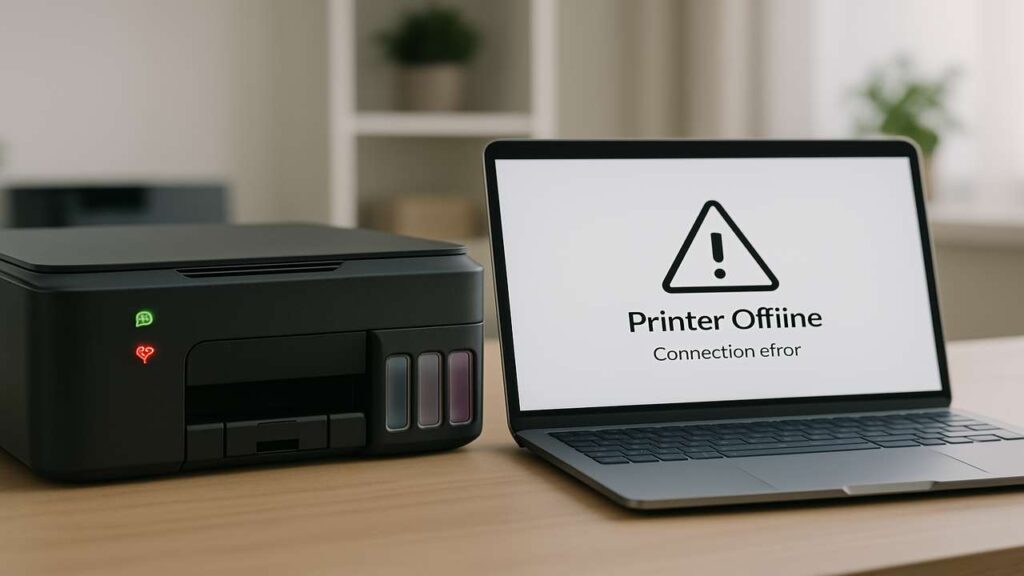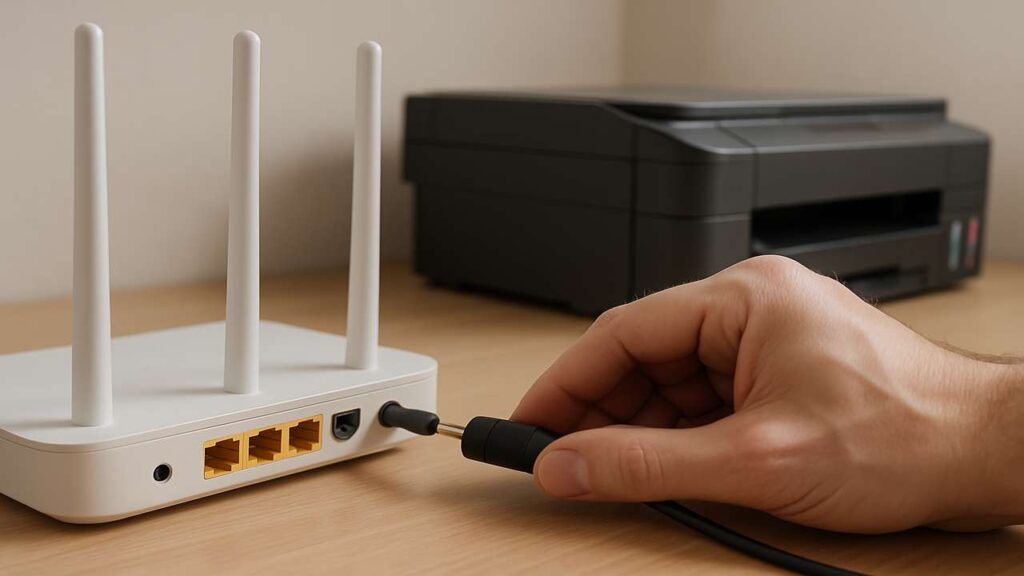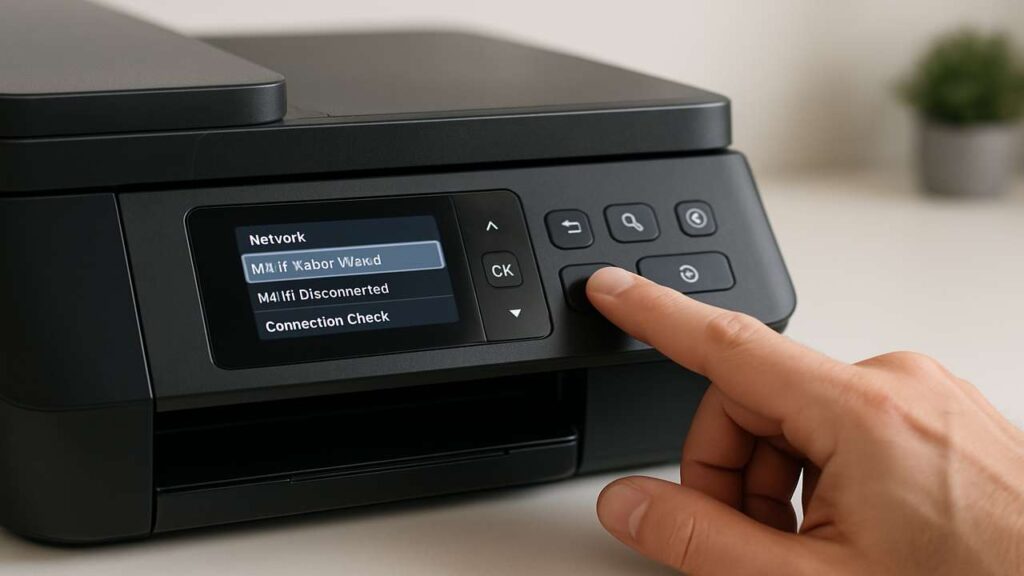
Tank Printer Not Connecting to Wi‑Fi? 2025 Easy Fix for Epson and Canon
Tank printer not connecting to Wi‑Fi? That frustrating message pops up just when you need to print something important? You’re not alone. Many users of Epson EcoTank and Canon MegaTank printers face this problem now in 2025. The printer seems powered on and ready—but the wireless connection fails, and printing becomes impossible.
In this guide, you’ll discover the real reasons behind the “tank printer not connecting to Wi‑Fi” problem, and get step‑by‑step solutions that work, whether you’re using Windows, Mac, or mobile devices.
🔍 What Causes “Tank Printer Not Connecting to Wi‑Fi”?
Here are the most frequent reasons this error appears:
Wi‑Fi credentials were entered incorrectly
Printer lost its network due to router change or IP shift
Printer firmware or driver needs updating
Signal interference or weak router connection
Printer’s Wi‑Fi module became unresponsive
Let’s fix this together.

✅ Step 1: Confirm Wi‑Fi Credentials and Network
Often, the simplest cause is incorrect credentials:
On the printer’s control panel, go to Network Settings → Wi‑Fi Setup Wizard.
Re-select your Wi‑Fi network and re-enter the password (watch uppercase/lowercase).
Once connected, the printer will display its IP or show “Connected.”
✅ Step 2: Power-Cycle Printer and Router
Sometimes the devices just need a soft reset:
Turn off the printer.
Unplug the router for 30 seconds.
Plug the router back in, then power on the printer.
Wait until both device and network are fully up before trying to reconnect.
✅ Step 3: Move Closer to the Router
Weak wireless signals are a common culprit:
Place your printer within 5–7 meters of the router.
Avoid metal surfaces, thick walls, and electronics that can interfere.
Re-run the Wi‑Fi setup after relocating.
✅ Step 4: Update Firmware and Drivers
Outdated software can cause connectivity failures:
Visit Epson or Canon’s official support page.
Look up your exact tank printer model.
Download and install the latest firmware and driver packages.
Restart the printer and your PC.
✅ Step 5: Assign a Static IP Address
Dynamic IPs from routers can cause connection issues:
Check your printer’s current IP (Settings → Network → IP Address).
Log into your router settings and reserve that IP based on the printer’s MAC address.
Save and restart both devices.
Now, even if the network resets, the printer will always connect at the same address.
✅ Step 6: Switch Wi‑Fi Frequency Band (2.4 GHz vs. 5 GHz)
Most tank printers only support 2.4 GHz networks:
Ensure your router’s 2.4 GHz band is enabled.
If using dual‑band SSID, temporarily disable the 5 GHz band when setting up the printer.
After successful connection, you can re-enable both.

✅ Step 7: Re-add the Printer to Devices
After network issues, your device may lose printer recognition:
On Windows: Settings → Bluetooth & Devices → Printers & Scanners → Add Printer
On Mac: System Settings → Printers & Scanners → + icon → select your tank printer
This ensures commands send properly over Wi‑Fi again.
🧠 Pro Tips to Keep Wi‑Fi Connection Strong
| Tip | Why It Helps |
|---|---|
| Reboot router monthly | Clears IP conflicts and keeps assignments smooth |
| Use different SSID for 2.4 GHz | A separate name avoids confusion during setup |
| Place router high up in a room | Reduces interference from furniture or electronics |
| Keep firmware updated | Prevents bugs that block Wi‑Fi connectivity |
| Limit range extenders or repeaters | Too many extenders may confuse printers |
❓ Frequently Asked Questions (FAQ)
Why doesn’t my tank printer connect after Wi‑Fi password change?
Printers don’t auto-update saved passwords—rerun the Wi‑Fi setup with the new password to reconnect.
Can a firmware update solve Wi‑Fi problems?
Almost always. Firmware ensures the printer communicates smoothly with your router.
Is 5 GHz better than 2.4 GHz?
While 5 GHz is faster, most tank printers only support 2.4 GHz. Mixing both bands can confuse the device—best to stick with 2.4 GHz for printing.

